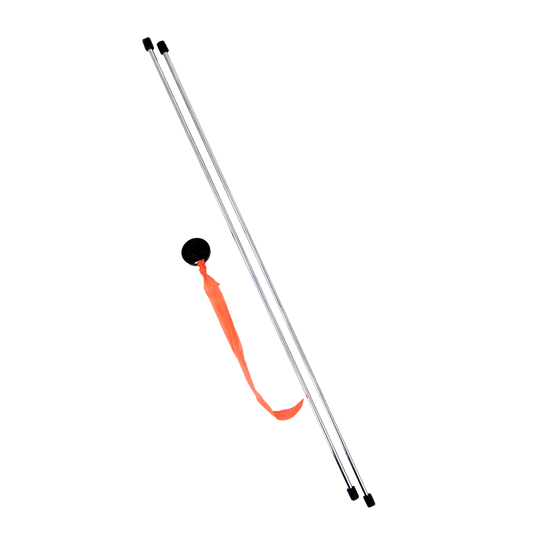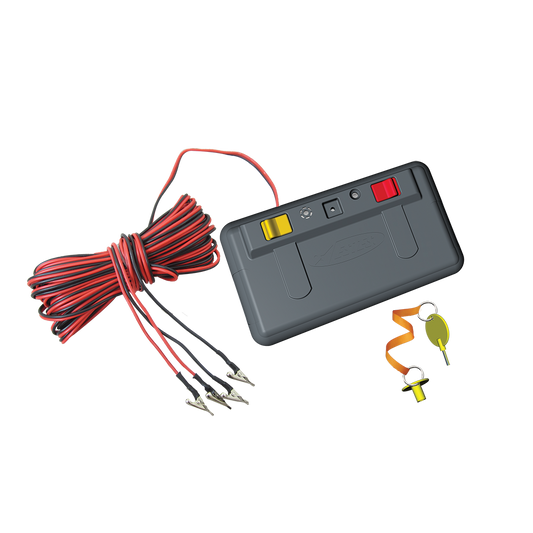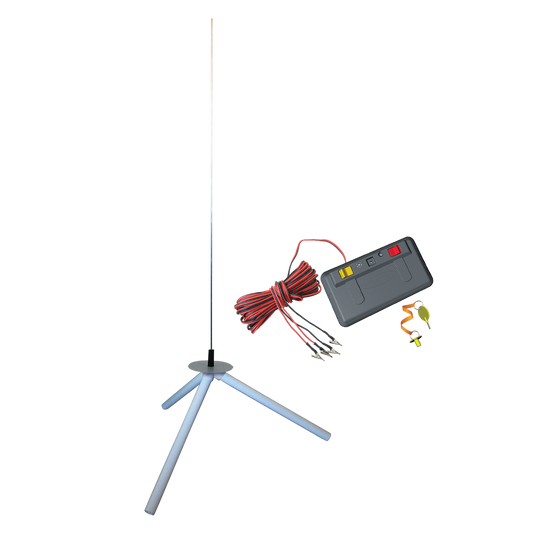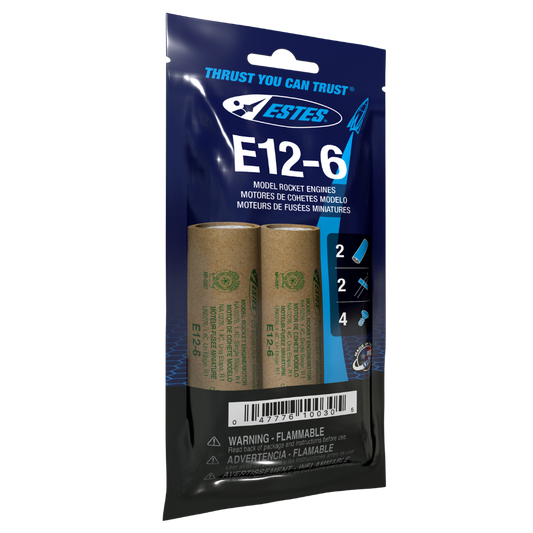Porta Pad II Launch Pad and Pro Series II Launch Controller, 3/16 inch "Maxi" Launch Rod. Estes model rocket engines, starters and recovery wadding.
Six C 1.5V high quality batteries (sold separately)
What You Need to Fly
-
 Best Seller
Best Seller3/16" Two-Piece MAXI™ Launch Rod
4.4 / 5.0
(10) 10 total reviews
Regular price $14.99Regular priceUnit price / per$14.99Sale price $14.99 -
 Best Seller
Best SellerPro Series II™ Launch Controller
4.39 / 5.0
(18) 18 total reviews
Regular price $43.99Regular priceUnit price / per$43.99Sale price $43.99 -
 Only 14 left!
Only 14 left!Lifetime Launch System
4.44 / 5.0
(18) 18 total reviews
Regular price $79.99Regular priceUnit price / per$79.99Sale price $79.99 -
 Sold out
Sold outE12-6 Engines
5.0 / 5.0
(7) 7 total reviews
Regular price $27.99Regular priceUnit price / per$27.99Sale price $27.99Sold out





